Regain confidence and peace of mind every day
Pinktens, an innovative and effective solution against faecal incontinence
Regain confidence and peace of mind every day
Pinktens, an innovative and effective solution against faecal incontinence
Discover the Pinktens solution
Electrical stimulation (no internal probe)
Kegel exercises
Diaphragmatic breathing
How does it work?
Building on existing studies and after conducting hospital-based tests, we have developed a complete probe-free treatment protocol for faecal incontinence. By stimulating the tibial nerve pathway located at the ankle, Pinktens acts on the nerves involved in anal sphincter control and helps improve regulation of bowel function.
When to start?
Whenever you feel the need, and in agreement with your doctor
How often?
Once a day; a calendar guides your sessions.
Programme length?
This protocol extends over several months and is divided into three stages to ensure fast results that last over time.
Proven effectiveness and restored confidence, thanks to connected electrostimulation

6 pelvic floor rehabilitation protocols

Probe-free Electrostimulation
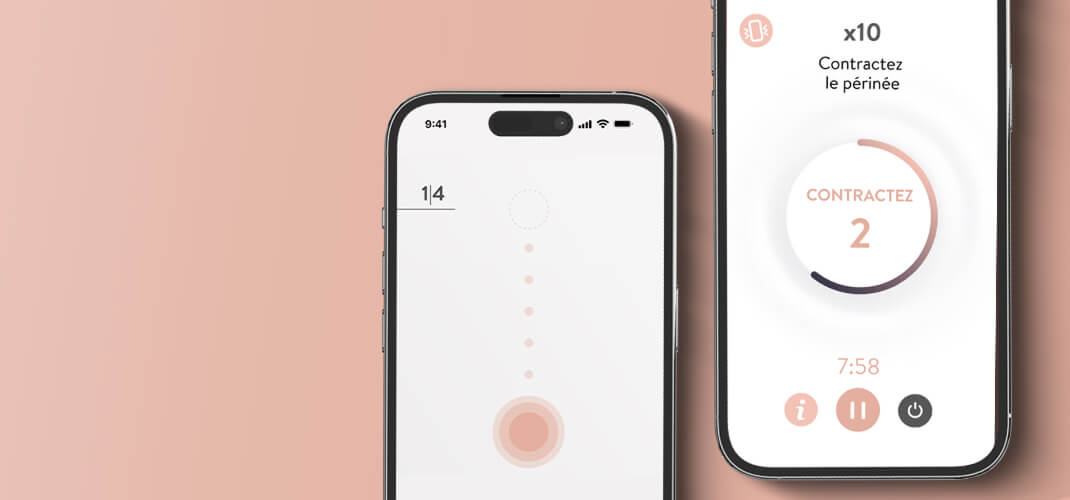
Kegel exercises
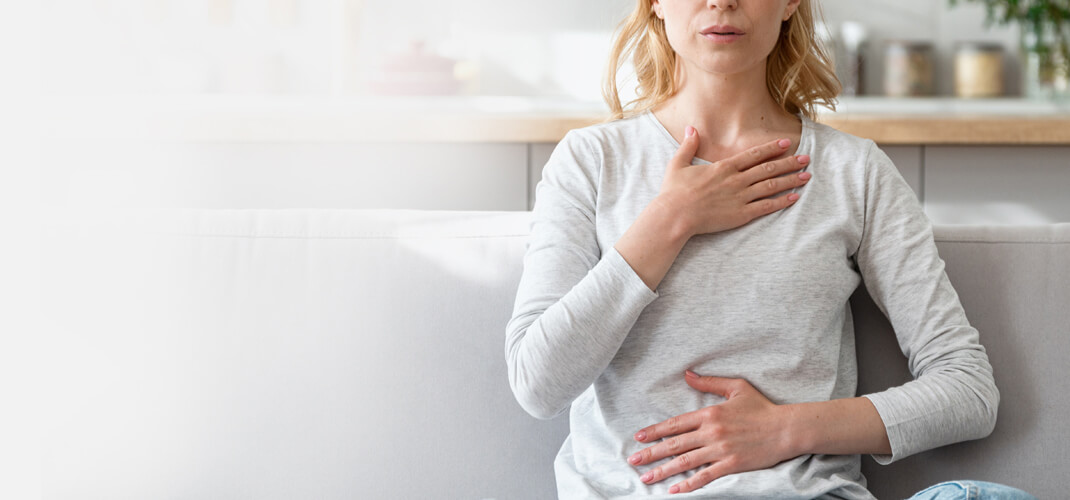
Diaphragmatic breathing

Community: support, advice and mutual help
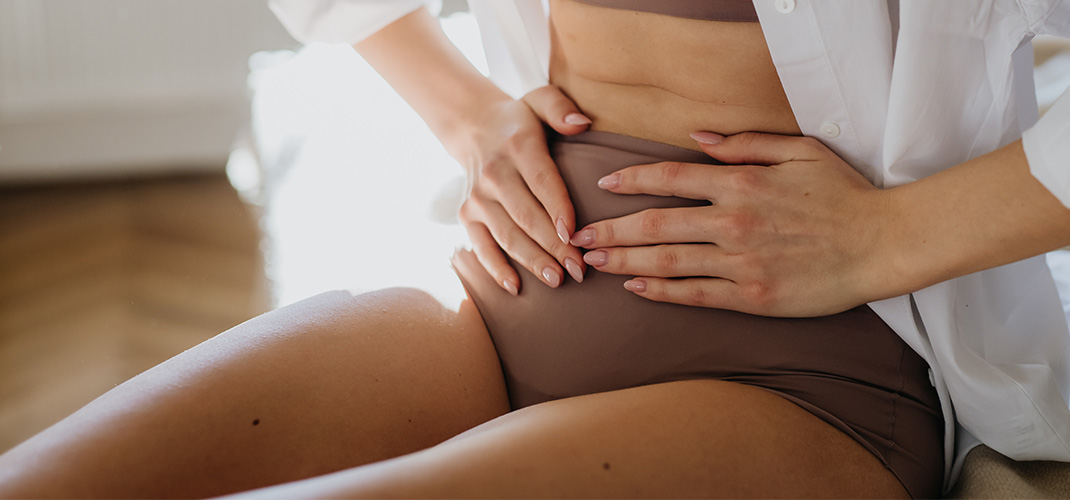
Blog: women’s health, confidence and wellbeing

6 pelvic floor rehabilitation protocols
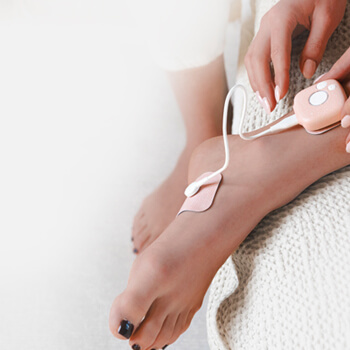
Probe-free Electrostimulation
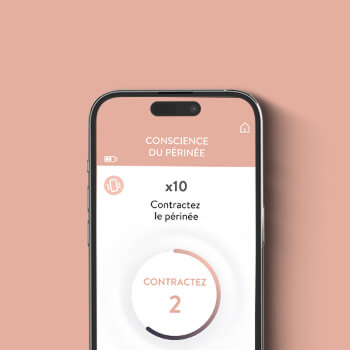
Kegel exercises

Diaphragmatic breathing

Community: support, advice and mutual help
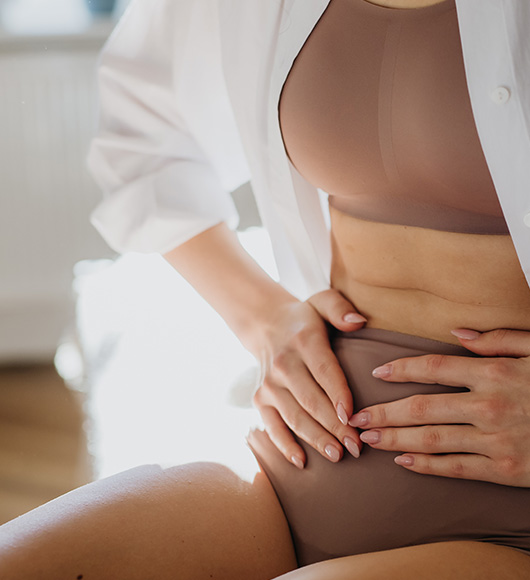
Blog: women’s health, confidence and wellbeing
- Certified medical device
- Clinically tested device and protocols
- Noticeable results in just 3 weeks
Common Questions
This protocol is intended for people suffering from faecal incontinence, whether occasional or chronic. It applies to both men and women, particularly in the following cases: Loss of pelvic floor tone (after childbirth or due to ageing) Weakness of the anal sphincter or impaired nerve control Seeking a non-invasive, probe-free alternative validated in medical settings Anyone wishing to regain comfort, confidence and independence in daily life
Nothing could be simpler! Sit comfortably and plan a calm activity for about 20 minutes (browse the blog or our Instagram account, for example!)
Open the App and choose the new or ongoing protocol
Start the day’s program
Place the electrodes following the photo placement guide
Start the program and let Pinktens do the work!
The first step aims to regulate the overactivity of the nerves responsible for anal control in order to reduce involuntary leakage. This is followed by strengthening exercises for the pelvic floor muscles (Kegel exercises) to improve retention capacity. Diaphragmatic breathing is then added to enhance the effectiveness of these exercises. Finally, a last step helps stabilise the results so that they last over time. Afterwards, you can follow the Prevention protocol to maintain the tone of your pelvic floor.
Do not use Pinktens, or seek medical advice first, in the following cases:
- You are pregnant
- You have a pacemaker
- You have type 2 diabetes with sensory impairment
- You have recurrent, undiagnosed pain
- You have metallic implants in your body (except dental fillings and IUDs)
- You gave birth less than 6–8 weeks ago and have not been medically cleared to start rehabilitation
- You have had recent pelvic floor surgery – seek your surgeon’s advice
When in doubt, contact us!
No! The protocol is suitable for adults of all ages, as long as they experience continence issues. The key requirement is being able to use the device correctly and having no specific medical contraindications. Whatever your age, Pinktens can help improve sphincter control, strengthen the pelvic floor and restore confidence in everyday life.
When do we speak of faecal incontinence?
Faecal incontinence is defined as the involuntary loss of stool, whether solid, liquid or gas. These episodes may occur occasionally or regularly and reflect difficulty in controlling the anal sphincter or pelvic floor. It is not inevitable: various treatments and solutions, including electrostimulation, are available to help you regain comfort and independence in daily life.
